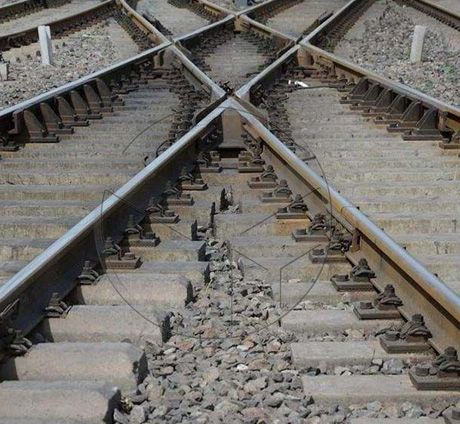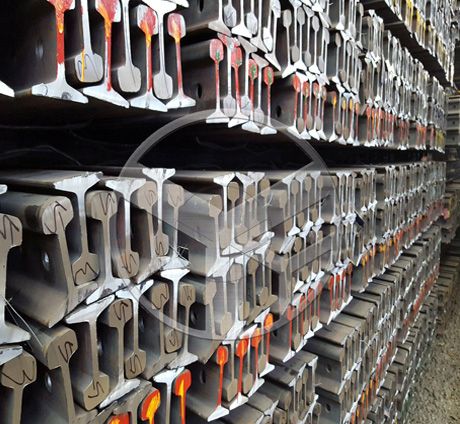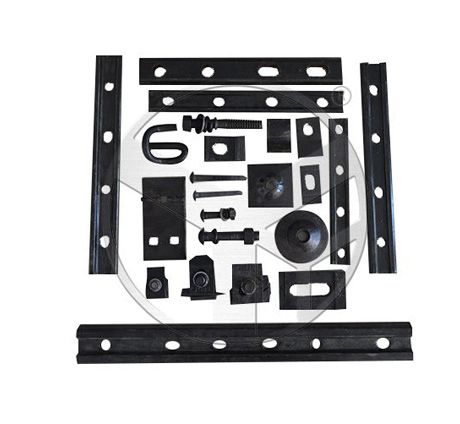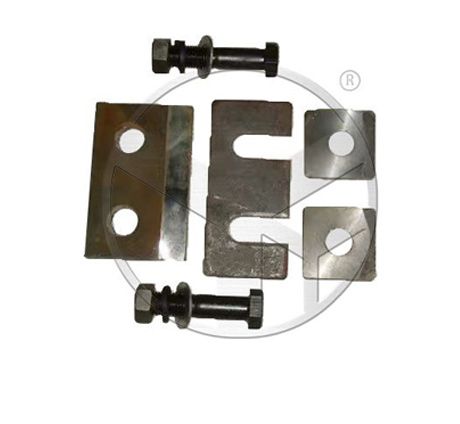What Are the Parts of a Railway Track?
A railway track is made up of several parts that work together to provide a safe and stable surface for trains to run on. Understanding the different components of a railway track is important for maintaining and repairing the track, as well as for designing new tracks that can handle various types of trains and loads.
Here are the main parts of a railway track:
Rails
Rails are the long, straight bars that make up the track itself. They are typically made of steel and come in various lengths and sizes, depending on the type of track and the weight of the trains that will run on it. Rails are usually laid in pairs, with a small gap between them to allow for thermal expansion.
Rails must be strong enough to withstand the weight of trains and the forces that are generated as the wheels roll over them. They must also be durable enough to resist wear and tear from constant use, as well as from exposure to the elements. For more information about types of steel rail, welcome to visit our website.
Read more:
For more information about types of steel rail, welcome to visit our website https://www.yyrail.com.
Sleepers (Ties)
Sleepers, also known as ties in North America, are the rectangular blocks that support the rails and hold them in place. They are typically made of wood, concrete, or steel, and are spaced at regular intervals along the track.
Sleepers must be strong enough to support the weight of the rails and the trains that run on them, as well as to resist the lateral forces that are generated as trains go around curves. They must also be durable enough to resist rot, decay, and damage from weather and other sources.
Ballast
Ballast is a layer of coarse, crushed rock that is spread over the sleepers to provide a stable foundation for the track. It helps distribute the weight of the trains and prevent the sleepers from shifting or sinking into the ground.
Ballast also serves to drain water away from the track, preventing the formation of mud and other types of soil erosion. It must be properly compacted and graded to ensure that it remains stable over time.
Fastenings
Fastenings are the clips, bolts, and other hardware that hold the rails to the sleepers. They are designed to keep the rails securely in place, while allowing them to expand and contract with changes in temperature.
Fastenings must be strong enough to resist the forces generated by trains, but also flexible enough to allow for movement in the rail. They must also be durable enough to resist corrosion and other forms of wear and tear.
Crossties (North America)
Crossties, also known as bearers or transoms, are similar to sleepers in that they support the rails and hold them in place. They are used primarily on narrow-gauge tracks and some tramways.
Crossties are typically made of wood or concrete, and are placed at right angles to the rails. They must be strong enough to support the weight of the trains and the rails and to resist the lateral forces that are generated as trains go around curves.
Fishplates
Fishplates, also known as joint bars or splice bars, are used to connect two rails together at a joint. They are typically made of steel and are bolted to the sides of the rails.
Fishplates must be strong enough to maintain the integrity of the track at the joint, while allowing for the expansion and contraction of the rails. They must also be properly aligned and tightened to prevent the joint from becoming loose or unstable.
Rail anchors
Rail anchors are devices that are used to secure the rails to the sleepers or crossties. They are typically made of steel or other high-strength materials and are designed to prevent the rails from shifting or becoming loose.
Rail anchors must be strong enough to resist the forces generated by trains, but also flexible enough to allow for the movement of the rail.
The steel rail in china is divided into Crane rail, Heavy rail, and light rail. In China, the Crane rail includes QU70, QU80, QU100, and QU120. which also called ISCR70, ISCR80, ISCR100 and ISCR120 Crane rail in India. In russia, it is called KP70, KP80, KP100, and KP120 Crane rail.
Looking for an ideal Crane Rail QU120 Manufacturer & supplier? We have a wide selection at good prices to help you get creative. All the QU120 Used in Europe are quality guaranteed. We are China Origin Factory of Crane Rail. If you have any questions, please feel free to CONTACT US or write to sales@yyrail.com.





Comments
0